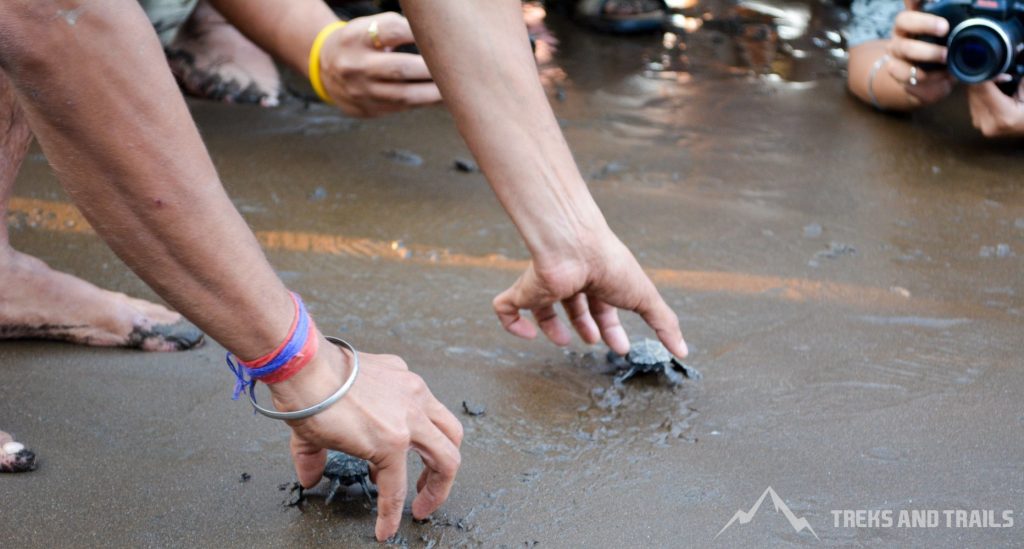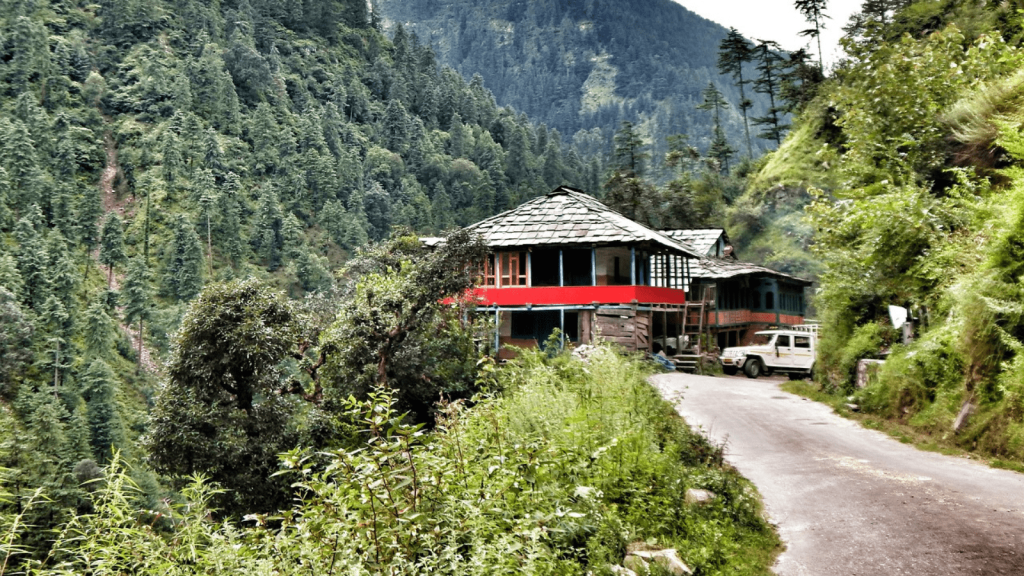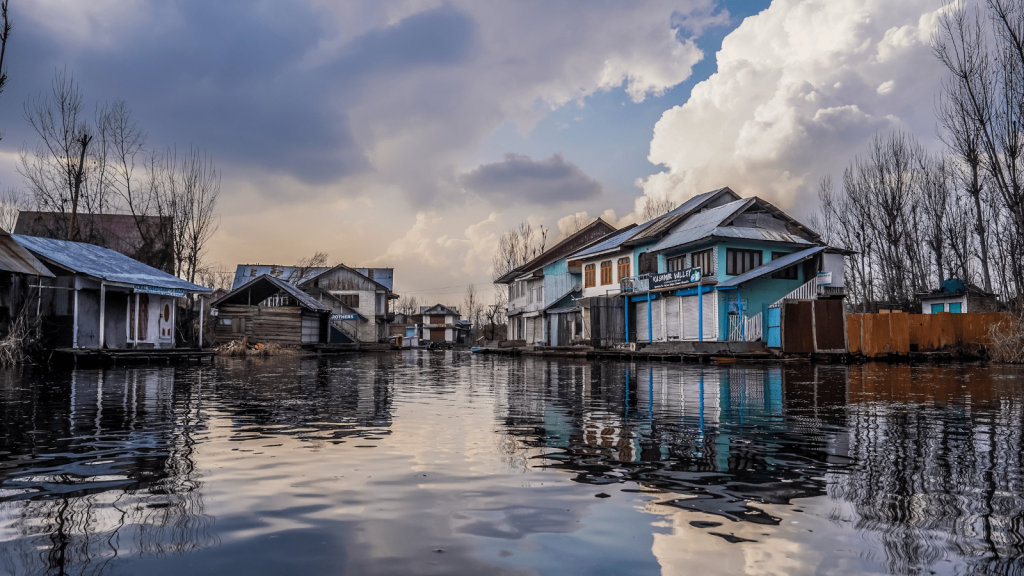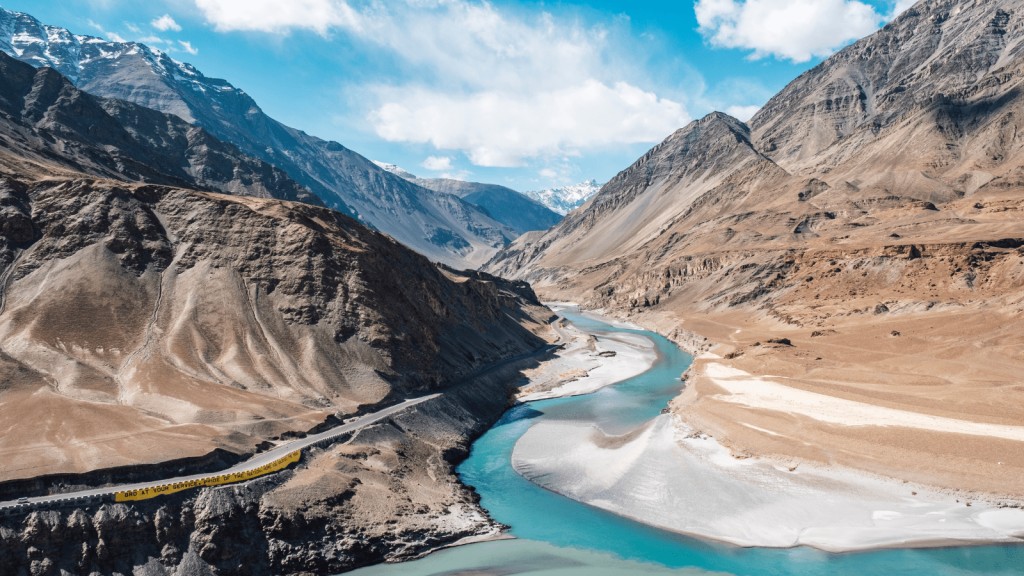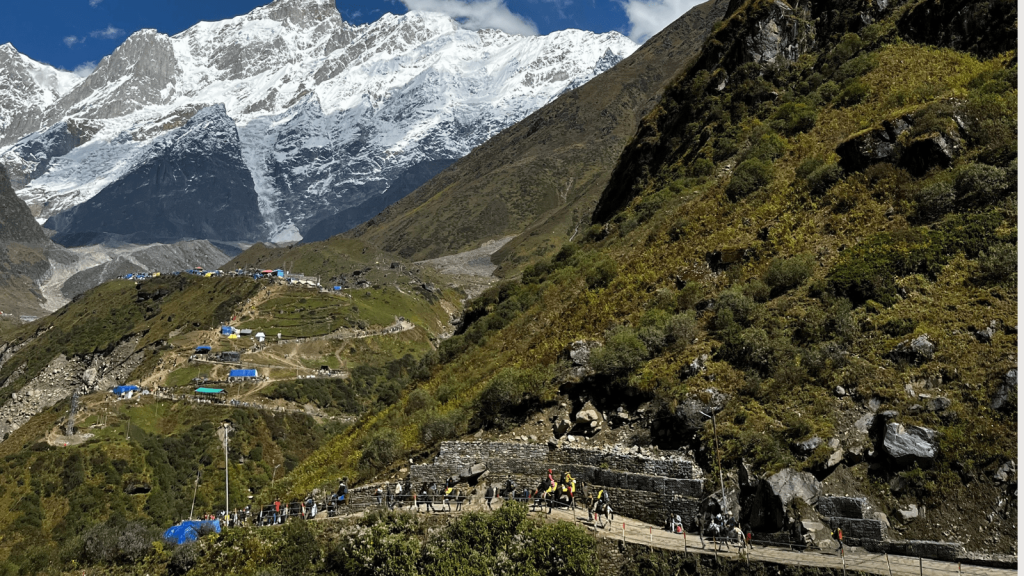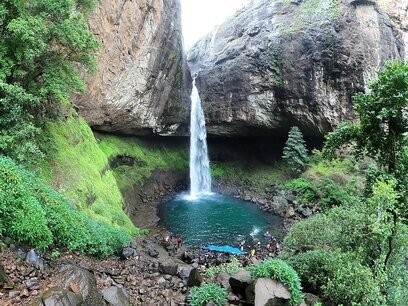In India, the conservation of Olive Ridley Turtles has become a priority as populations are dwindling in many coastal areas due to overfishing, industrialization, and climate change.
Olive Ridley, also known as Lepidochelys olivacea, is the smallest breed of turtle in the world. Not only are they small but also very abundant. They are predominantly found in the warm waters of the Indian and Pacific Oceans. They are one of the most unique surviving species of turtles in India.
Although they are found in abundance, their numbers have been declining steadily in the past few years. This has made them extremely endangered now. They are also included in the IUCN Red List.
The Olive Ridley Turtle in India can be mostly found on the coasts of Orissa. They have their nesting sites here. Numerous female turtles come to the shore to bring their offspring into the world. This is known as Arribada. It is very common among turtles. The same practice can be seen in Olive Ridley Turtles too. They come to the nesting site at Rushikulaya, Orissa to lay their eggs.
In this article, we will walk you through all the things related to Olive Ridley Turtles in India. We will also talk about the Olive Ridley project.
What is the habitat of Olive Ridley Turtles?
The only places you can find Olive Ridley Turtles are in the Atlantic, Pacific, and Indian Oceans. Most of the time, they live near coasts and estuaries. They do best in oceans with tropical or subtropical weather.
Most of the time, they eat crustaceans that live near the bottom. They can be found both near the shore and 150 meters deep. The Olive Ridley sea turtle lives in the same kind of environment as other sea turtles.
Turtles can be found on the islands of Orissa, Andaman, and Nicobar, as well as in some parts of Lakshadweep. There are also a lot of turtles in the Bhitarkanika Wildlife Sanctuary. Every year, more than 3 lakh female turtles lay their eggs here.
Most of the time, you can find them on the mainland of the Andaman and Nicobar islands. On the Lakshadweep islands, they are very rare.
Conservation of Olive Ridley Turtles in India has become a critical issue as their numbers are steadily declining due to pollution, habitat destruction, and overfishing.
What is the importance of Olive Ridley Turtles?
We must protect the already endangered Olive Ridley Turtles. But what is their role in the ecosystem?
Olive Ridley Turtles are an integral part of the ecosystem. They help in maintaining the dynamics of the marine ecosystem. They are an active member of the entire ecosystem. They help in maintaining the whole balance between the prey, consumer, host, and competitors.
Through Olive Ridley Turtles, there is a significant energy flow or transfer that can be seen. It also helps in the flow of nutrients in the ecosystem. This can cause changes in marine ecosystems.
The ocean's health is affected by these sea turtles. It helps in maintaining the food web. These sea turtles form an integral part by simply eating other organisms. Thus, the whole web is balanced.
Apart from this, many organisms also attach themselves to the body of Olive Ridley Turtles to survive. These are barnacles and a few algae. These serve as a source of food for other fishes. Most fishes derive their nutrition primarily from these organisms attached to sea turtles.
The Olive Ridley eggs are also a food source for many organisms. The unhatched eggs also serve as fertilizer for various beach vegetation.
The importance of Olive Ridley Turtles is significant in the ecosystem.
Are Olive Ridley Turtles endangered?
The Olive Ridley Turtles have been categorized as a Vulnerable species internationally. However, many populations of sea turtles have been listed as endangered and threatened.
The Olive Ridley sea turtle's endangered population should be kept under special attention to help in their conservation.
Why is the Olive Ridley Sea Turtle Endangered?
Internationally, the species of Olive Ridley Turtles have been declared Vulnerable across the globe. It is because the fishing methods are unfriendly and their nesting beaches are excessively exploited. The hunt for sea turtles for eggs, leather, shells, and eggs is still very much prevalent. Although illegal, it is still practiced in many corners of India.
Even tourist centers exploit the nesting sites of sea turtles excessively. Commercial fishing practices often cause the turtles to lose their natural habitat.
The development of Orissa's coastline for tourism will also destroy the arribadas that take place here. All these put the species at risk of being endangered very soon.
What is the Olive Ridley Project?
The Olive Ridley Project (ORP) aims to conserve and protect sea turtles across the globe. Due to the extreme threat that these species face, it is important to conserve and protect them.
The Olive Ridley Project aims to conserve these species through rescue operations, rehabilitation, education, awareness, and outreach. There is a dedicated team of scientists, volunteers, specialists, researchers, and conservationists who tirelessly work for ORP.
Founded in 2013 by Dr. Martin Stelfox, ORP has a holistic approach to the protection of sea turtles. The project has spread its wings across multiple regions. There are bases across the Indian Ocean now.
The Olive Ridley Project is one of the most significant projects to conserve sea turtles and restore the balance of marine ecosystems.

